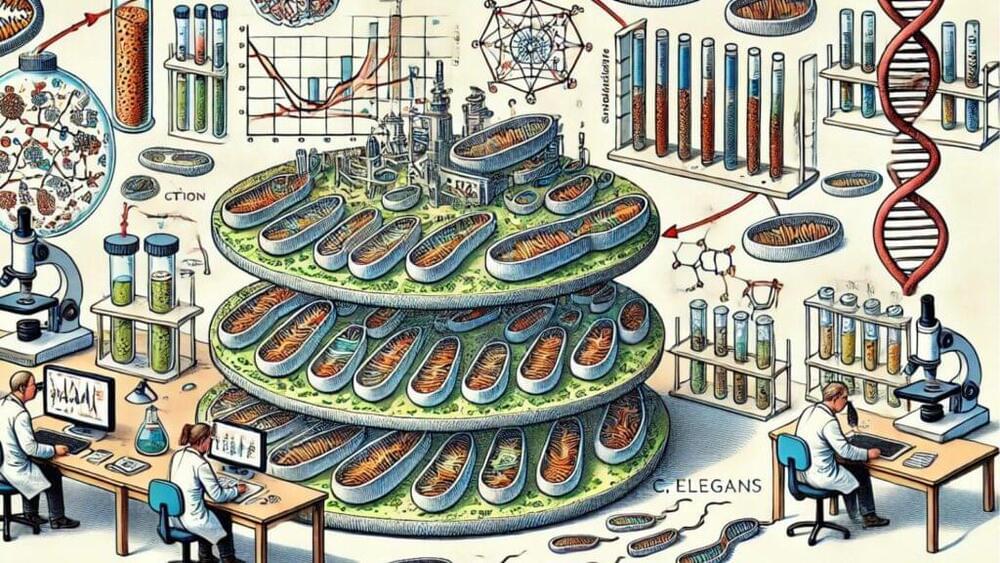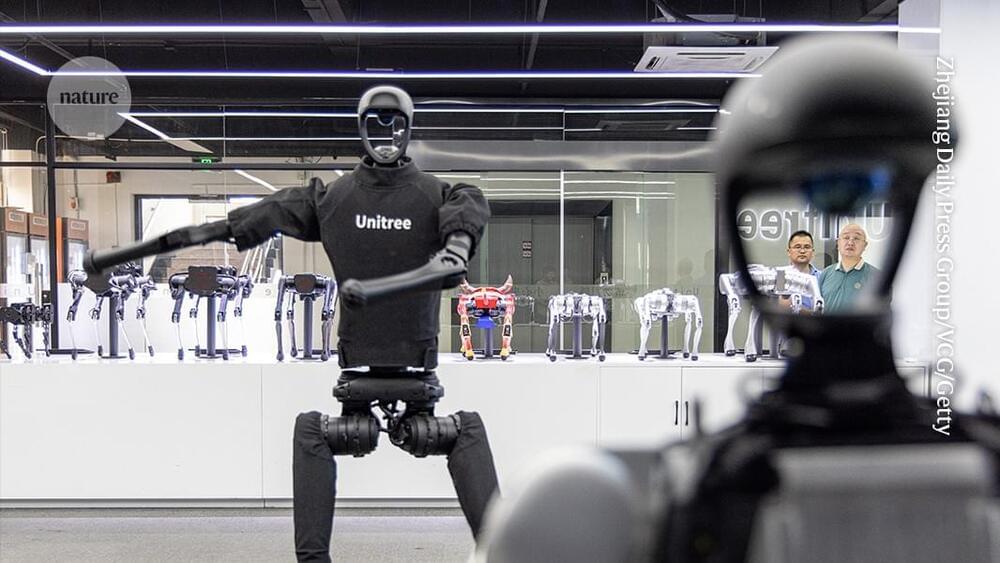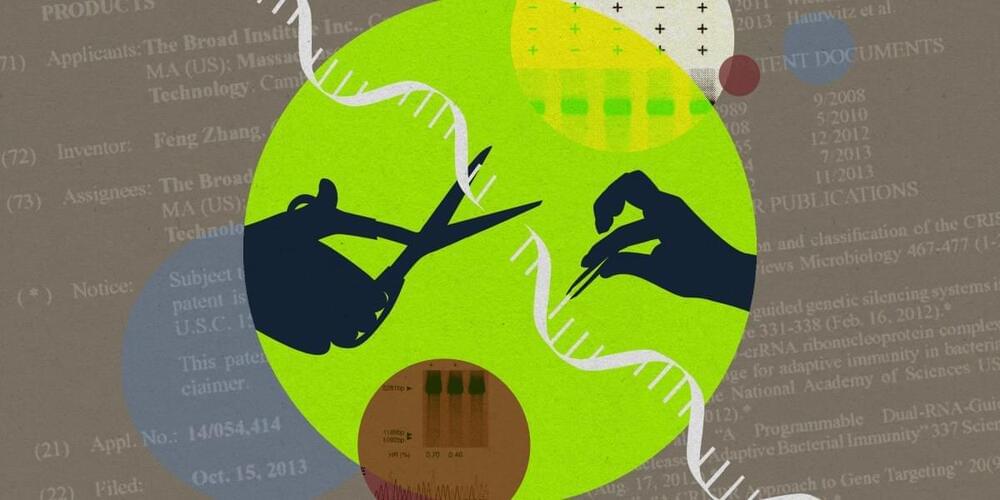Scientists are worried that the Atlantic Ocean’s system of currents may be about to pass a tipping point. And if it does, it’ll have severe consequences for all of us.
Koo and his team tested CREME on another AI-powered DNN genome analysis tool called Enformer. They wanted to know how Enformer’s algorithm makes predictions about the genome. Koo says questions like that are central to his work.
“We have these big, powerful models,” Koo said. “They’re quite compelling at taking DNA sequences and predicting gene expression. But we don’t really have any good ways of trying to understand what these models are learning. Presumably, they’re making accurate predictions because they’ve learned a lot of the rules about gene regulation, but we don’t actually know what their predictions are based off of.”
With CREME, Koo’s team uncovered a series of genetic rules that Enformer learned while analyzing the genome. That insight may one day prove invaluable for drug discovery. The investigators stated, “CREME provides a powerful toolkit for translating the predictions of genomic DNNs into mechanistic insights of gene regulation … Applying CREME to Enformer, a state-of-the-art DNN, we identify cis-regulatory elements that enhance or silence gene expression and characterize their complex interactions.” Koo added, “Understanding the rules of gene regulation gives you more options for tuning gene expression levels in precise and predictable ways.”
A practical superconductor would transform the efficiency of electronics. After decades of hunting, several key breakthroughs are inching us very close to this coveted prize.
Vanderbilt University researchers, led by alumnus Bryan Gitschlag, have uncovered groundbreaking insights into the evolution of mitochondrial DNA (mtDNA). In their paper in Nature Communications titled “Multiple distinct evolutionary mechanisms govern the dynamics of selfish mitochondrial genomes in Caenorhabditis elegans,” the team reveals how selfish mtDNA, which can reduce the fitness of its host, manages to persist within cells through aggressive competition or by avoiding traditional selection pressures. The study combines mathematical models and experiments to explain the coexistence of selfish and cooperative mtDNA within the cell, offering new insights into the complex evolutionary dynamics of these essential cellular components.
Gitschlag, an alumnus of Vanderbilt University, conducted the research while in the lab of Maulik Patel, assistant professor of biological sciences. He is now a postdoctoral researcher at Cold Spring Harbor Laboratory in David McCandlish’s lab. Gitschlag collaborated closely with fellow Patel Lab members, including James Held, a recent PhD graduate, and Claudia Pereira, a former staff member of the lab.
The right value for the expansion rate of the universe continues to elude astronomers.
Hoboken, April 20, 2024. Daniel Dennett’s death feels like the end of an era, the era of ultra-materialist, ultra-Darwinian, swaggering, know-it-all scientism. Who’s left? Dawkins? Dennett isn’t as smart as he thinks he is, I liked to say, because no one is. He lacked the self-doubt gene, but he forced me to doubt myself, he made me rethink what I think, and what more can you ask of a philosopher? I first encountered Dennett’s in-your-face brilliance in 1981 when I read The Mind’s I, and his name popped up at a consciousness shindig I attended just last week. To honor Dennett, I’m posting a free, revised version of my 2017 critique of his claim that consciousness is an “illusion.” I’m also coining a phrase, “the Dennett Paradox,” explained below.— John Horgan
Of all the odd notions to emerge from debates over consciousness, the oddest is that it doesn’t exist, at least not in the way we think it does. It is an illusion, like “Santa Claus” or “American democracy.”
Descartes said consciousness is the one undeniable fact of our existence, and I find it hard to disagree. I’m conscious right now, as I type this sentence, and you are presumably conscious as you read it (although I can’t be absolutely sure).
From artificial-intelligence algorithms to zebrafish, this book take a precautionary approach to assessing how sentient such entities are.
AROMAS, Calif. (AP) — An earthquake registering magnitude 4.2 shook part of central California early Sunday, the United States Geological Survey reported.
The earthquake was detected at 2:47 a.m. local time about 2 miles (3.2 kilometers) northwest of Aromas with a depth of 7.4 kilometers (4.59 miles), the science agency said on its website and in a social media post.
There were no immediate reports of injuries or major property damage, according to local media.









